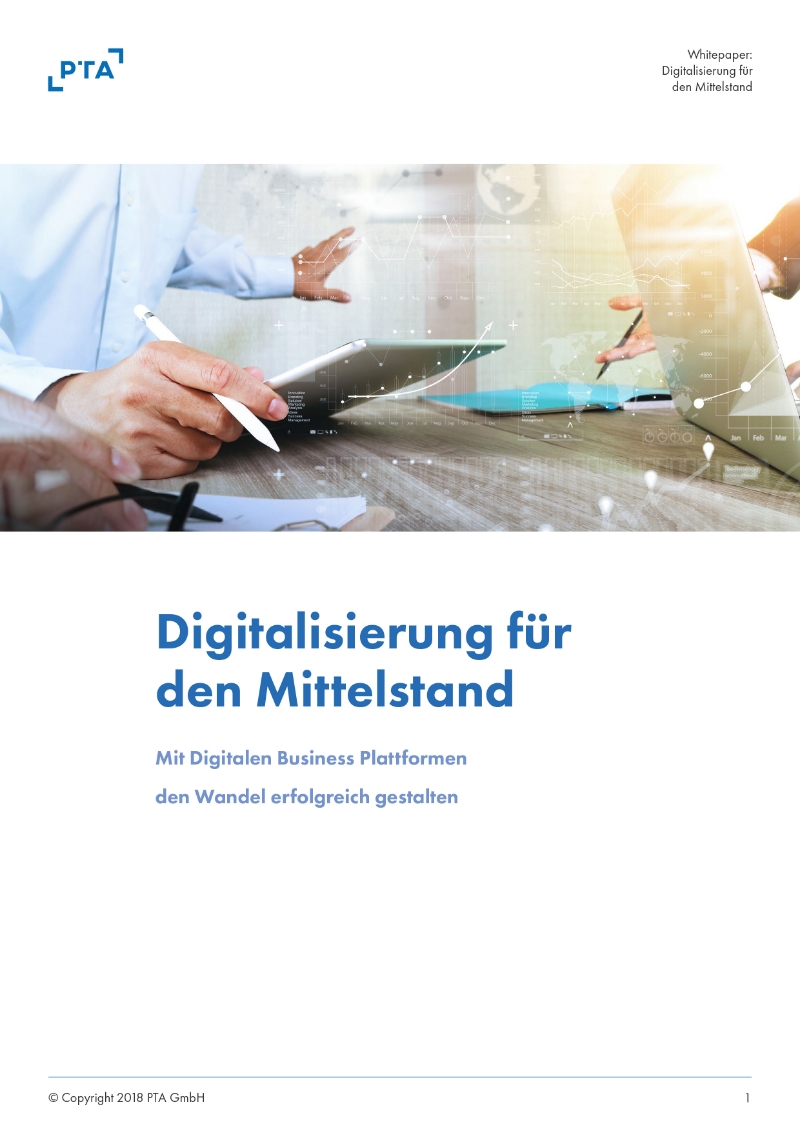
Become a digital pioneer
It is no longer possible to avoid the digital transformation. It is not only the use of new technologies that is crucial to the success of the transformation, but also whether companies are able to rethink their respective business models with the help of these tools. In a world in which the market power of the consumer is greater than ever before, those who put their customers first, who know their needs, desires and situational requirements, will be successful. Customers have high expectations of transparent processes and fast communication. Nowadays, companies can only meet these requirements with intelligent, IT-supported processes. Digital pioneers offer their customers solutions with a unique experience.
Become a digital pioneer. With us.
Legacy systems often slow down
important investments
After decades of use, many IT systems that mapped important core applications of a company have become obsolete. With considerable consequences: Almost half of the available IT budgets are now used for the maintenance and care of these legacy systems. This is a result of our market analysis, which we conducted together with Statista. So as digital technologies continue to evolve, the question for many IT departments is which programs can keep up and which cannot. A decision that should be made carefully. This is because many such legacy systems have mature core functions and work reliably during operation. On the other hand, they are often characterized by outdated data management as well as bulky user interfaces and are developed in old programming languages that simply no longer meet modern requirements. Care and maintenance is cumbersome and costly. In many cases, it can be replaced by a modern and cost-saving IT architecture, which can significantly increase the corridor of investments in new, up-to-date digital solutions or even in new business models.
What we are good at
The digitization of business models and processes is a key component in meeting increased customer expectations. We support you by analyzing your business model with regard to digitization and technology-based transformation.
IT cloud enterprise platforms are the basis for digital business models and processes, and give you the opportunity to successfully follow the path of digital transformation. In the course of digital transformation, several factors must be taken into account that are crucial for success:
Are employees ready for the digital transformation?
What additional business models can be realized with IT cloud enterprise platforms?
Are the strategic direction of the company and the planned changes in line?
Is the business case valid and does it include not only new sales potential, but also the costs incurred for supporting the platform?
Are the individual processes that make up your competitive advantage mapped optimally?
What is the right IT platform? Which one fits your requirement criteria?
Your advantages
We advise you on IT cloud enterprise platform selection, design and implementation of a viable architecture that connects customers, suppliers and partners. We always take into account the specifics of individual company processes.
Our experts have in-depth know-how across the entire portfolio of cloud platforms. We always focus on flexibility, feasibility and step-by-step implementation – in line with your budget planning and a validated business case.
Implementation of your digital strategy
Implementation of innovative business models on the platform ("speedboats")
Proximity and real-time communication with customers and business partners
Integration of device data (IoT)
Collecting, utilizing and integrating data into processes
Using machine learning and AI services
Customer Service: Use Cases
Challenges
- Service processes are inefficient and often only exist in isolation from each other
- Customer data is stored in separate systems and areas
- Missing 360-degree view of customers - sales, marketing and service do not work hand in hand
- Lack of systemic process support and poor profitability
- No recurring follow-up business
- No networking of IoT device data
Solution approaches
- Enterprise IT cloud platform as a framework for networking systems and standardizing data
- Integration of customer data (sales, service and marketing) and device data
- Creating significant added value through digitalization and AI
- Intelligent linking of IoT scenarios, data analysis and process management
Open tickets for the customer are displayed for incoming calls. After selecting the registered product, the priority is determined depending on the SLAs when a new ticket is created. Classification catalogs can be used to narrow down the incident so that it can be evaluated and the responsible department can be suggested.
-
Higher case processing rate on the phone
-
Improving the customer experience
-
Significant increase in the SLA target achievement rate
-
Avoiding escalation by informing the customer in good time when requested
-
Avoidance of double recording of incidents
Case clarification is facilitated by a full-text search of existing cases. Access to information on previously installed spare parts, the revision and software version history helps to narrow down the fault and determines possible solutions from the integrated knowledge base.
- Acceleration of the service process through increased transparency
- Accelerated case clarification
- Increase customer loyalty and satisfaction
- Increase in service profitability
Projects and the associated power distribution grids can be created and managed. Using a “Graphical Editor”, the electricity distribution grids can also be graphically planned, created and simulated under the calculated electricity load distribution and utilization. The respective and general system statuses are monitored via an IoT connection. At the same time, the data is collected and analyzed. The knowledge gained is constantly being incorporated into the planning and operation of electricity distribution grids, which enables process efficiency to be increased and costs to be saved.
- Proactive management of resources
- Early detection of resource bottlenecks
- Precise allocation of resource requirements
- Ensuring punctual processing
- Spontaneous rescheduling possible in the event of cancellations
The service field service is supported on site with a mobile app to document the service assignment and record billing-relevant information. The printed service report contains the automatic interpretation of the contract conditions with regard to the billing of operating times, spare parts and travel expenses.
- Support of the service field service with a mobile solution
- Acceleration of the service process incl. Billing
- Cost estimate for customers in real time
- Automatic spare parts management
Recorded data is compiled in statistics and made available to service and product management. A graphical presentation of the data in the form of decision-maker dashboards helps management to derive measures to improve the service (corrective and preventive action).
- Transparent service KPIs to improve the product and service processes
- Calculation of service profitability
- Automated initiation of processes (e.g. subsequent delivery of spare parts if defective)
The Whitepaper
We know the market leaders in IT cloud enterprise platforms and
have coined the term digital business platform. As a consistent implementation of the Industrie 4.0 concept, digital business platforms merge the relevant business applications from all areas of the company and bring together all available data streams into a company-wide data pool (data lake, big data).
The digital business platform is supplemented by additional microservices, such as data stream analyses via the so-called IoT Hub, predictive maintenance, deep learning algorithms (Artifical Intelligence), speech recognition, geo-localization, etc. The digital business platform is also supplemented by additional microservices. This expands the flexibility of the systems as well as the possibilities for a holistic view. The different platform providers show that they have significantly improved their flexibility with respect to different requirements in terms of size, complexity and openness.
Another asset in this context is the involvement of suppliers, customers and other business partners. By mapping numerous or, if possible, all authoritative systems, companies now have the opportunity with all providers to obtain a 360-degree view of their customer and their own company. On the cost side, almost all manufacturers of digital business platforms have attractive models based on the number of users. Operation takes place primarily in the cloud, eliminating the need for costly on-premise installations.
Due to our high competence in interfaces, implementations with all major manufacturers and numerous individual software projects, PTA is your ideal partner, both for the implementation and objective consideration of opportunities and risks, as well as for unavoidable updates and vendor lock-in.

IT Cloud Platforms
With our extensive implementation experience and expertise, we can provide you with comprehensive advice on the advantages and disadvantages of digital business platforms. Here is an overview of the market leaders in enterprise IT cloud platforms:

Dynamics 365 integrates CRM and ERP on one platform and intelligently prepares all types of data. This makes it easier for you to proactively gain insights to accelerate your business processes.
- Flexible, standard can be extended most easily
- Possibility to use on-premise
- ERP solution in the cloud available on one platform
- Native integration with Office world
- Transparent pricing policy

Salesforce is a web-based CRM for sales, marketing and customer service – all on one platform. Connect with your customers in new ways – with the world’s leading CRM platform.
- Cloud-native
- Highest number of modules
- Exceptional functional depth in the individual modules
- Innovation driver through cloud-native strategy
- Pioneer and market leader in cloud-based CRM platforms

SAP C/4HANA is a generic term for SAP’s combined customer experience solutions. This puts your customers at the center of your business activities.
- Consistency of the processes
- Native integration with ERP
- Industry templates available – use of state-of-the-art processes (financial, manufacturing)
- Wide variety of products – a company could use SAP products completely
- Transparent pricing policy
Your roadmap for the digital transformation
Determining the status of a company’s digital maturity
By determining the digital performance and digital readiness of your company, a 360° analysis of the entire digital spectrum is created. This makes the internal readiness for digitization and the effectiveness of all customer-oriented digital marketing, sales and service activities transparent.
Evaluation and need for change
For business units with digitization potential, both the respective status quo of the maturity level and the company-specific need for change are determined. The findings are documented and appropriate recommendations for digitization measures are made.
Action plan and cost indication
This is followed by the Action Plan, which we create together with our customers. The Action Plan includes an initial cost indication and potential timeline. It serves as the basis for launching individual projects for the respective areas, which are then accompanied by a higher-level digital coaching team.
Customer-specific evaluation criteria & prioritization
Quantified objective evaluation
The available alternatives of suitable digital business platforms are then evaluated on the basis of the weighted criteria. At the end of the research, the customer receives an evaluation matrix with which he can objectively select a suitable digital business platform
Developing the necessary individualization requirements
Together, we develop the necessary individual components that go beyond the high functional density of the market-leading business platforms and thus optimally support a company-specific business model.
Identification and integration of functions available on the market
The open platform architecture enables the simple integration of additional components available on the market. Their use is a key step towards individualizing the overall solution. Examples include services for artificial intelligence, speech recognition, geo-location, weather services and many others.
Development of new functions and integration of components
To complete individualization, we develop the software components that can then be added to the overall solution in the form of microservices and apps.
Transition and transformation of existing legacy applications
Numerous historically grown and proprietary legacy applications slow down a company’s digital transformation. They were often developed at a time when cloud computing was not yet an issue. PTA specializes in replacing and transforming these systems into modern digital platforms.
Master data & transaction data migration
Consistent data and the elimination of duplicates are just some of the advantages of digital business platforms. This requires correct migration of the transaction data to the target system. PTA has decades of experience with the transaction of data from different source systems. This know-how has been implemented in numerous customer projects.
Security, data protection and user role concept
Security concepts are essential in the context of digitalization and the transformation of existing applications. As many customers often process core processes in the digital platforms, the design, implementation and compliance with all current security standards prescribed for the respective industries is a fundamental part of the PTA service.
Creating free space for IT
By shifting the operation of the most important software applications to the cloud, the IT department has less routine work to deal with and can, for example, make the most important settings and adjustments via a cloud admin console. This creates scope for the development of new business models and the expansion of competitive advantages.
Digital Coaching Team
We recommend setting up a team that supports digitalization independently of hierarchical levels. We provide you with experienced consultants for in-house coaching and internal communication and marketing of all digitalization activities.
Quality Assurance
The high degree of impact of the digital transformation on the digital business platform creates enormous demands in terms of implementation quality and risk minimization. Our quality assurance ensures suitable security and data protection concepts, as well as back-up procedures that guarantee high availability and efficiency.
Requirements Engineering
The requirements for digital business platforms are professionally supported by PTA from the initial project idea through to productive operation and compliance is permanently monitored. Certified requirement engineers and business analysts always keep an eye on the interests of stakeholders and business processes, thereby supporting digital value creation.
Realization & implementation
Thanks to experienced architects, developers and administrators, the new platform becomes a tailor-made solution for the respective company. This is based on the latest technologies and enables the core competencies of the respective company to be showcased and differentiated from competitors through individually created applications.
Project management
PTA’s expert project managers and coaches support customers with a project approach tailored to their specific needs. Project management does not end with “go live”, but implements project results in ongoing operational and support processes.
Support processes according to ITIL V3
In addition to implementing the technology, maintaining ongoing IT operations is the key element for a modern, digital company. We work according to proven processes with qualified employees, both at the service desk and in change management. Accompanying Continuous Service Improvement permanently optimizes support processes and provides assistance in the event of problems.
SLA management
A service manager specifically responsible for the respective customer defines the appropriate services from the PTA service catalog in collaboration with the company. This involves not only defining suitable individual service processes, but also the time period in which the service must be available. Monthly reports on compliance with the Service Level Agreement (SLA) provide the necessary transparency.
Application Life Cycle Management
The experience of the support staff and other project initiatives have resulted in the requirements for professional change management. In close coordination with a Change Advisory Board, we work with you to define new releases and application updates. The aim is to continuously optimize the user-friendliness and performance of the applications in order to increase digital added value.
Have we sparked your interest?

Contact
PTA GmbH Head Office
Weberstraße 2-4
D-68165 Mannheim
© Copyright 2024 PTA GmbH | All rights reserved | Imprint | Privacy | Legal notice | Values & Code of Conduct

